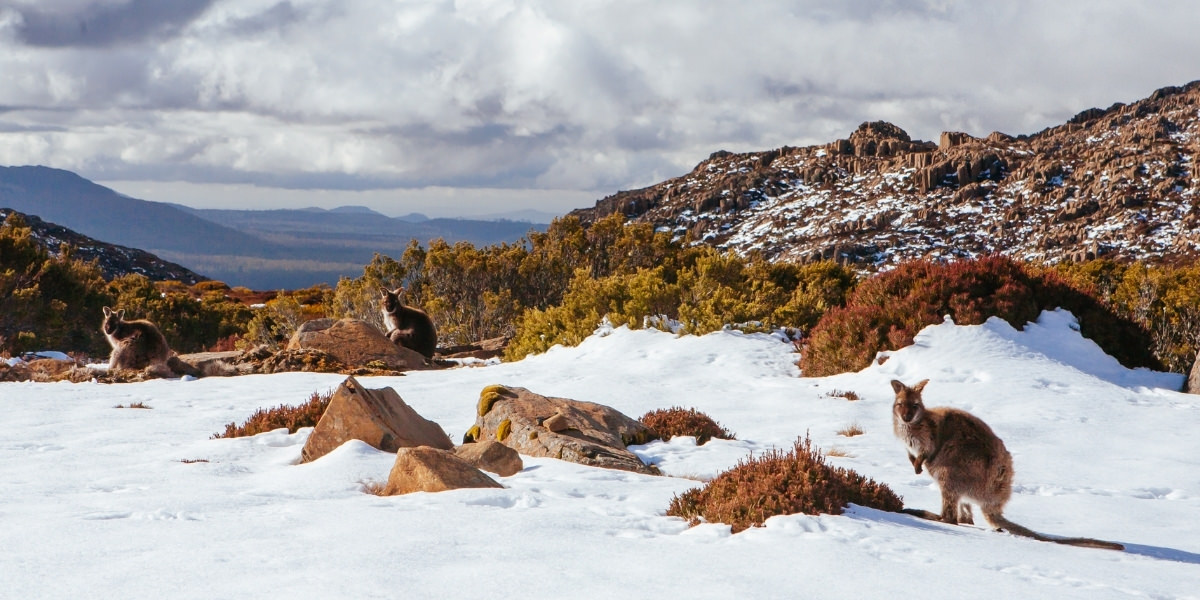Discover When and Where You Can Experience Snow In Australia for a Scenic Escape
Discover When and Where You Can Experience Snow In Australia for a Scenic Escape
Blog Article
Discover the Fascinating Results of Snow in Australia on Local Ecosystems
Despite its credibility for sun-soaked landscapes, Australia also flaunts regions buried by snow-- a sensation that exceptionally influences the country's special ecosystems. The protecting properties of snowflakes safeguard plants and animals among the chilliest wintertimes, while the melting snow nurtures rivers and marine life. The genuine wonder lies in exactly how these icy conditions form the nation's biodiversity and nutrient cycles. As we untangle this complex relationship, we locate ourselves stepping on undiscovered premises in Australia's high nation.
The Unexpected Areas of Snowfall in Australia
Although Australia is usually connected with sandy beaches and sun-scorched landscapes, specific areas remarkably experience snowfall. The high country areas of New South Wales, Victoria, and Tasmania are particularly understood for their winter snow. The Snowy Hills in NSW, for example, get abundant seasonal snow, using a plain comparison to the nation's typical hot, arid environment. The Victorian Alps and components of Tasmania additionally see yearly snowfalls, changing the landscape right into a winter months wonderland. These areas are not just anomalies but important components of Australia's diverse climate system. The presence of snow in these areas dramatically influences neighborhood ecological communities, ultimately affecting the country's unique biodiversity. Nevertheless, the particular influence on Australia's unique flora will certainly be reviewed in the next section.

How Snow Impacts Australia's One-of-a-kind Plants
While it might appear unusual, snowfall in Australia plays a vital function fit the country's special flora. The snow-filled winters foster durability in Australian plant varieties. This is especially obvious in the sub-alpine and towering regions, where snow gum tissues and hill plum-pines prosper. These plants have actually progressed to make it through in extreme problems, with snow acting as a protective blanket from freezing temperatures and harsh winds. The snow likewise adds to the dampness content of the dirt, supplying necessary hydration for plant life throughout the completely dry summer season months. Fundamentally, the snow affects the timing of blooming and seed dispersal, the growth rates, and the survival of lots of plant varieties, showcasing the elaborate interplay in between environment and vegetation in Australia.

The Adaptations of Australian Animal to Snowfall
Just as Australia's flora has actually adjusted to the wintery conditions, the neighborhood animals also, show exceptional adjustments to the snowfall. It uses the snow as insulation, hibernating in rock holes under the snow to remain warm. The Snow Skink, a types of lizard, transforms its colour to white during winter, offering camouflage against killers.
The Duty of Snow fit Neighborhood Ecological Communities
In shaping the regional ecosystems, the duty of snow in Australia is both multilayered and profound. It influences the distribution of plants and animals, mainly specifying the biodiversity of alpine and sub-alpine areas. Snow supplies an important water resource, feeding rivers and reservoirs as her comment is here it thaws, thus sustaining a selection of water life forms. Furthermore, snow works as an insulator, safeguarding ground-dwelling microorganisms from extreme cold. Similarly, it plays a considerable function in dirt development and nutrient biking. The periodic cold and thawing of dirt generated by snowfall promotes the breakdown of rocks, boosting soil fertility. The presence of snow forms the plant life patterns, pet habits, and general sustainability of Australia's special communities.

The Future of Snowfall in Australia: Ramifications and predictions

Provided the crucial role snow plays in forming neighborhood ecosystems, the future of snowfall in Australia is attracting increasing attention from conservationists and researchers. Current climate versions predict a significant decline in snowfall as a result of global warming, with possibly profound effect on neighborhood ecosystems. Less snow might cause minimized water schedule in alpine regions, detrimentally affecting wild animals habitats and plant life. It might change the timing of seasonal adjustments, interrupting the life cycles of many native types. The tourism market, greatly reliant on the winter months snow season, might likewise face considerable obstacles. Recognizing these forecasts and their implications is essential to create reliable conservation techniques, making sure the conservation of Australia's distinct biodiversity and the sustainability of its economy.
Verdict
The duty of snow in Australia's communities is essential yet usually overlooked. It acts as a guard, a nurturer, and a shaper of diverse alpine species, adding to the splendor of Australia's high country. As weather patterns remain to change, comprehending the implications and prospective improvements of these snow-influenced communities is important. Hence, the snow in Australia is greater than useful source a natural phenomenon; it's a crucial player in the nation's environmental narrative.
Regardless of its track record for sun-soaked landscapes, Australia additionally boasts areas buried by snow-- a sensation that profoundly affects the nation's unique ecosystems. It utilizes the snow as insulation, hibernating in rock crevices underneath the snow to remain cozy - Does Australia Get Snow.In forming the neighborhood ecosystems, the function of snow in Australia is both multilayered and extensive. The existence of snow forms the vegetation patterns, pet actions, and overall sustainability of Australia's one-of-a-kind ecological reference communities
Given the vital role snow plays in forming local environments, the future of snowfall in Australia is drawing increasing interest from ecologists and researchers.
Report this page